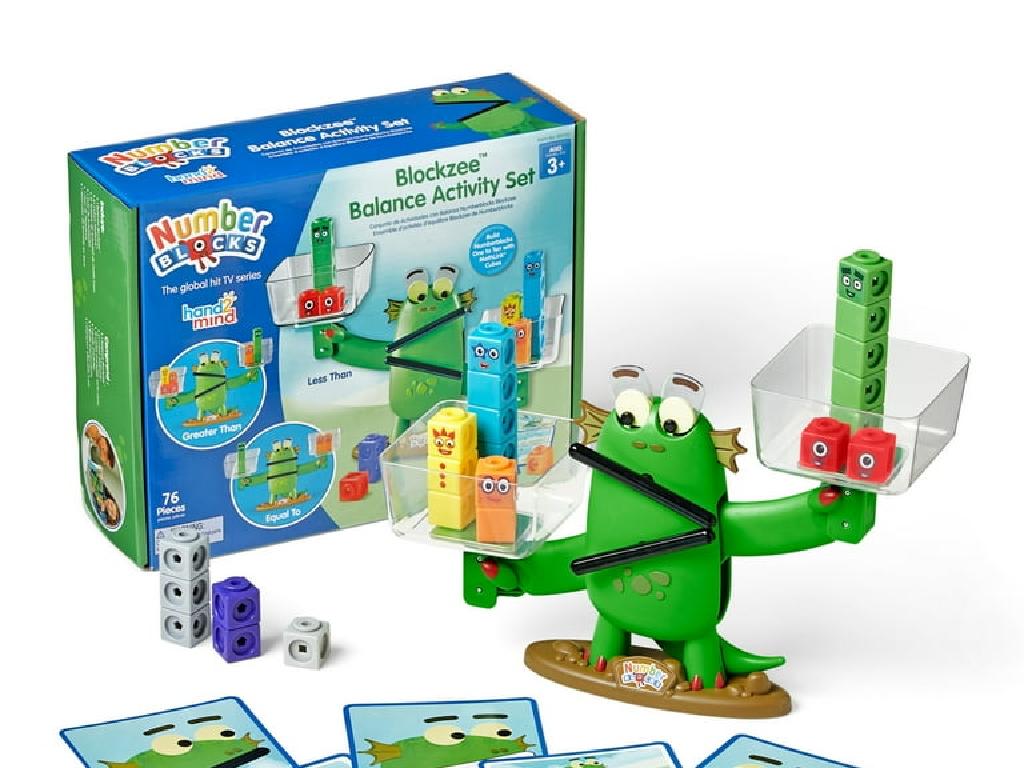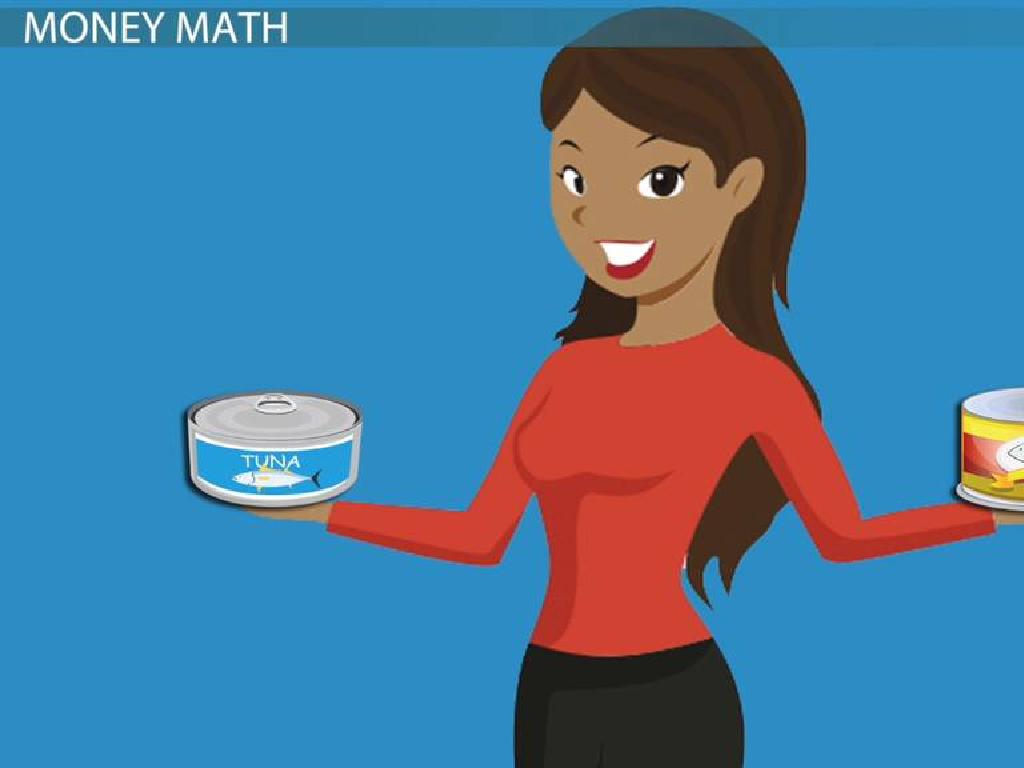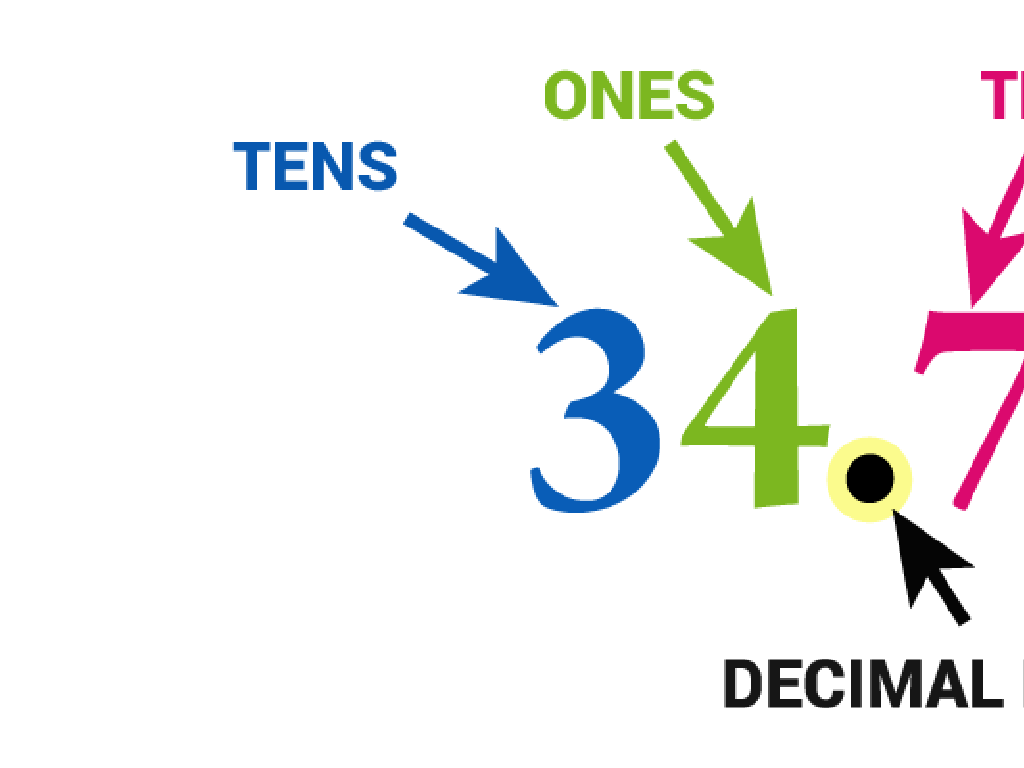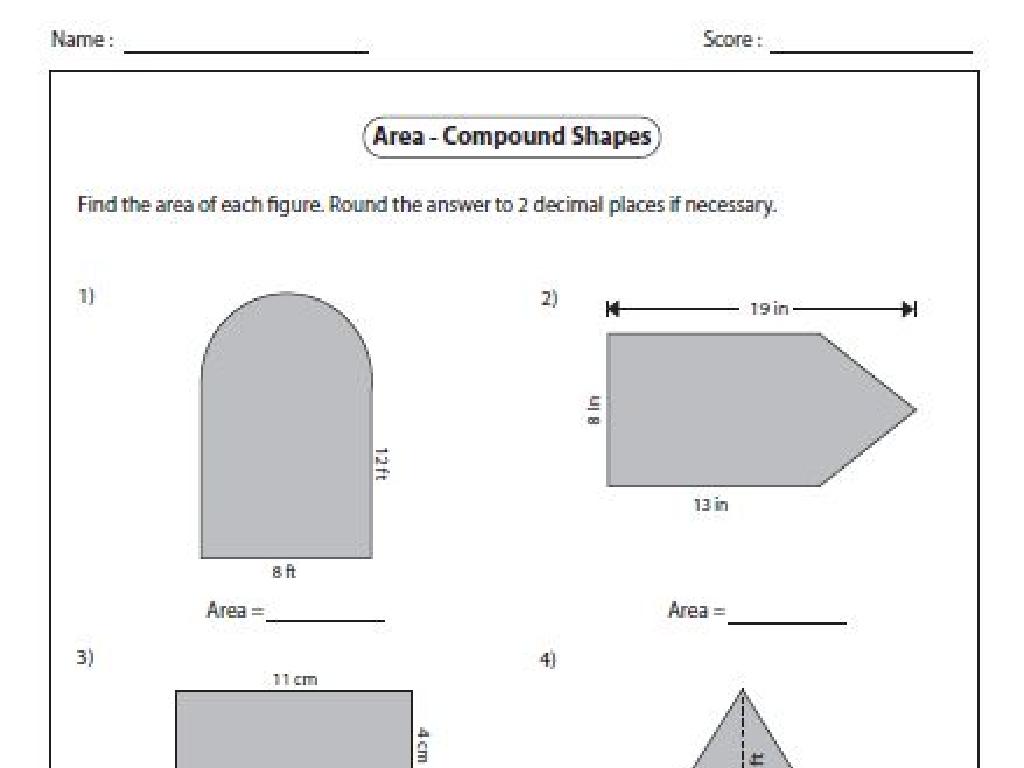Which Word Has More Syllables?
Subject: Language arts
Grade: First grade
Topic: Syllables
Please LOG IN to download the presentation. Access is available to registered users only.
View More Content
Welcome to Syllables!
– Greetings First Graders!
– Today’s lesson: syllables
– Syllables are parts of words, like ‘hap-py’
– Syllables help with reading
– Breaking words into syllables can make them easier to read
– Syllables improve writing
– Knowing syllables helps us spell and write words correctly
|
This slide is designed to introduce first graders to the concept of syllables. Start the lesson with a warm greeting to make the students feel comfortable. Explain that syllables are like beats in words and show them how clapping along to each syllable can help them break down and understand words better. Emphasize that understanding syllables is a key skill in learning to read and write. Use simple, familiar words to demonstrate how to count syllables, and encourage the students to practice with you. The goal is to make them aware of syllables and understand that words are made up of these distinct parts.
Understanding Syllables
– What is a syllable?
– A syllable is like a beat in music but for words.
– Syllables have vowel sounds
– Each syllable has one vowel sound, like ‘a’ in ‘apple’.
– Clap for each syllable
– When we say a word, we clap once for each vowel sound we hear.
– Practice with ‘cat’
– ‘Cat’ has one vowel sound, so we clap one time!
|
This slide introduces the concept of syllables to first graders. Begin by explaining that a syllable is a part of a word and can be thought of as a single beat of sound. Emphasize that every syllable contains one vowel sound, which can be a helpful way for students to identify syllables. Engage the class by clapping together to the syllables in words. Use the word ‘cat’ as an example, demonstrating that it has one vowel sound and therefore, one syllable. Encourage the students to listen for the vowel sounds and practice clapping to different words. This activity will help them understand and identify syllables in words, which is a fundamental skill in language arts.
Counting Syllables
– Learn to count syllables
– Clap, tap, or use fingers
– Each clap or tap equals one syllable
– Vowel sounds mark syllables
– A syllable is a beat in a word, like ‘but-ter-fly’
– Practice with ‘butterfly’
– ‘Butterfly’ has three parts: ‘but’, ‘ter’, ‘fly’
|
This slide is designed to teach first graders how to count syllables in words, which is a fundamental skill in language arts. The slide introduces the concept of syllables and provides a simple, interactive method for counting them using clapping, tapping, or finger counting. Emphasize that syllables are like the beats in music and each beat is often a vowel sound. Use the word ‘butterfly’ as an example to demonstrate the concept, breaking it down into its syllabic components and clapping three times to show the three syllables. Encourage students to practice with more words and to use these techniques to identify the number of syllables. This activity can be turned into a fun game where students find words around the classroom and count the syllables together.
Syllables in Our Names
– Count syllables in my name
– I’ll demonstrate with my name first
– Each student counts their name
– You’ll count the beats in your name
– Listen and clap for syllables
– Clap once for each syllable you hear
– Practice with classmates’ names
– Help each other with the counting
|
This slide is designed to engage first-grade students in a fun and interactive activity to understand syllables using their own names. Start by demonstrating how to count syllables in your name by clapping for each syllable. Then, invite each student to say their name aloud and clap for each syllable, helping them to recognize the breaks in words. Encourage the class to listen carefully and join in the clapping. This activity not only helps students understand the concept of syllables but also fosters a sense of community as they learn more about each other. The teacher should provide guidance and ensure that each student gets a turn. The activity can be extended by practicing with last names or the names of favorite characters or places.
Comparing Syllables: Which Word is Longer?
– Words have different syllable counts
– Learn to compare syllable numbers
– We’ll use clapping to count syllables in words
– Vowel sounds determine syllables
– Each vowel sound in a word is a syllable
– Practice with examples
– Compare ‘cat’ (1 clap) to ‘kitten’ (2 claps)
|
This slide introduces the concept of syllables to first graders and teaches them how to determine which word has more syllables. Emphasize that syllables are like beats in words and can be counted by clapping for each vowel sound. Explain that words with more vowel sounds will have more syllables. Use simple examples to demonstrate, such as comparing ‘cat’ with ‘kitten’. Encourage the students to clap along and count the syllables. For the activity, have students pick words from a story or a list and clap out the syllables, then compare with a partner to decide which words have more syllables. This interactive approach will help solidify their understanding of the concept.
Counting Syllables in Words
– ‘Apple’ has two syllables
– Like ‘ap-ple’, say it and clap twice!
– ‘Banana’ has three syllables
– Like ‘ba-na-na’, say it and clap three times!
– Clap for each syllable
– Practice with more words
– Try with different words and count the claps
|
This slide is aimed at helping first graders understand the concept of syllables in a fun and interactive way. By associating syllables with claps, children can physically engage with the learning process. Start by demonstrating the clapping technique with the word ‘apple’, ensuring to clap once for each syllable. Repeat the process with ‘banana’, emphasizing the additional syllable. Encourage the students to join in and clap along. Afterward, invite them to practice with other words, either provided by you or chosen by them, to reinforce the concept. The goal is for students to be able to break down words into syllables and recognize the number of syllables by clapping.
Your Turn to Try: Counting Syllables!
– Listen to the word I say
– Clap for each syllable you hear
– Each clap represents a syllable in the word
– Count the syllables together
– We’ll clap and count as a group
– Tell me the number of syllables
|
This slide is for an interactive class activity where the teacher will say a word out loud, and the students will identify the number of syllables by clapping their hands for each syllable. The teacher should demonstrate first with a simple word, showing how to clap for each syllable. Then, the teacher will say more words, one at a time, and the students will clap and count the syllables. This activity helps students understand the concept of syllables and how to break down words into their syllabic components. It’s a fun and engaging way to practice phonological awareness. Possible words to use: butterfly, computer, amazing, caterpillar, and elephant. Make sure to choose words with a varying number of syllables to challenge the students.
Class Activity: Syllable Sorting
– Sort words by syllable count
– Receive a set of word cards
– Each card has a different word to categorize
– Group one-syllable words together
– Words like ‘cat’ and ‘dog’ have one beat or part
– Group two-syllable words separately
– Words like ‘apple’ and ‘teacher’ have two beats or parts
|
This activity is designed to help first graders understand and identify syllables in words. Provide each student with a set of word cards. Explain that syllables are like beats in music and demonstrate by clapping out syllables in words. Have students sort their cards into groups based on the number of syllables. One-syllable words might include ‘sun’ or ‘ball’, while two-syllable examples could be ‘water’ or ‘pencil’. Encourage students to say the words out loud and clap along to find the number of syllables. This hands-on activity will reinforce their ability to break words into parts and enhance their phonological awareness.
Conclusion: Syllable Counting Review
– Excellent work on syllables
– Syllables are word beats
– Each syllable is one beat, like in music
– Clap out syllables at home
– Try clapping to ‘cat-er-pil-lar’ or ‘el-e-phant’
– Keep practicing with new words
– The more you practice, the better you’ll get!
|
Today’s lesson was all about understanding and counting syllables, which are the beats in words. Reinforce the concept that syllables help us break down words into smaller, more manageable parts, making reading and spelling easier. Encourage students to continue practicing at home by clapping out the syllables in words they encounter in their favorite books or even their environment, like ‘te-le-vi-sion’ or ‘com-pu-ter’. Remind them that practice makes perfect and to have fun with it by turning it into a game where they can clap and count syllables with their family members.
Homework Challenge: Syllable Hunt
– Find five items at home
– Write each item’s name
– Count the syllables in each name
– Clap out the sounds to count syllables
– Share your list in class
|
This homework activity is designed to help first-grade students practice identifying syllables in words by using familiar objects from their home environment. Encourage the students to pick items of varying lengths and complexity to challenge themselves. Remind them that syllables are like beats in words and they can count them by clapping for each beat. In the next class, create a sharing time where each student can present their list and demonstrate how they counted the syllables. This will reinforce their understanding and allow them to learn from each other’s examples.





